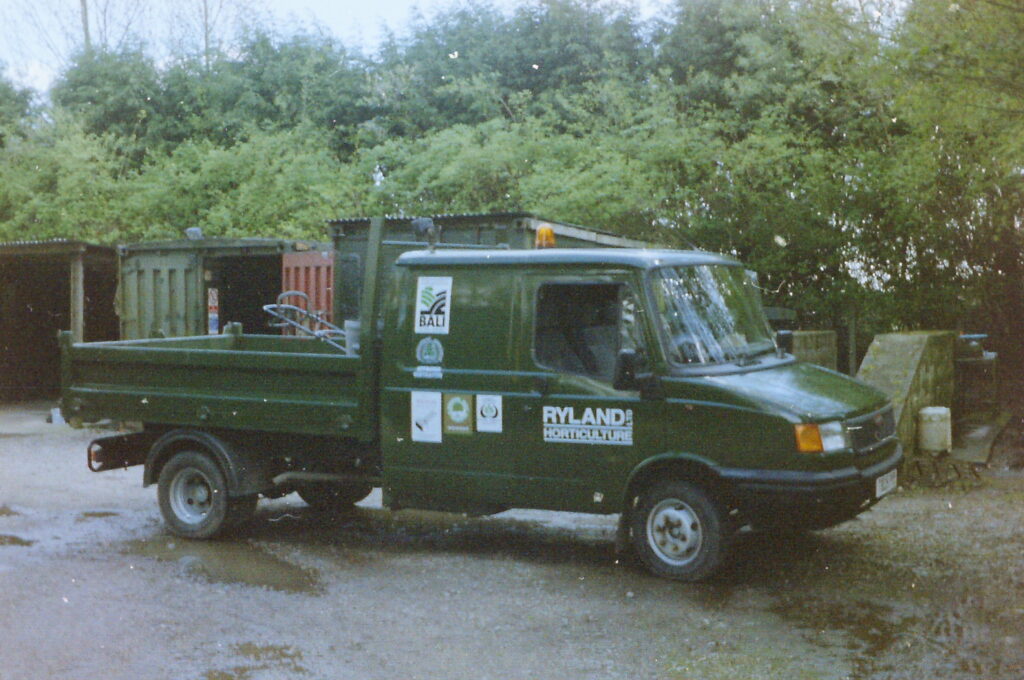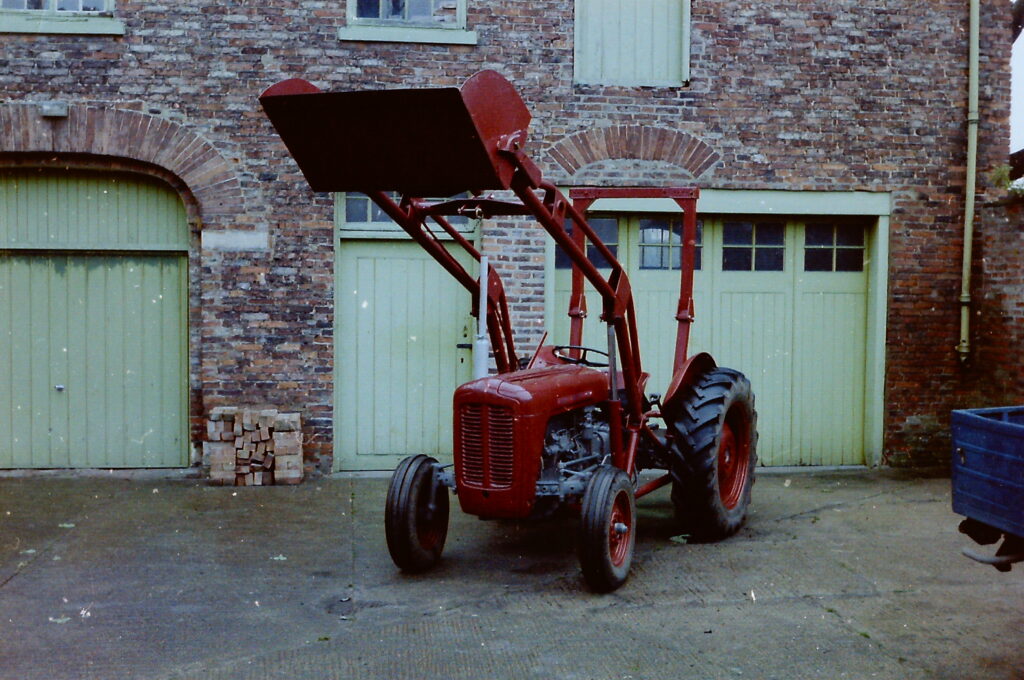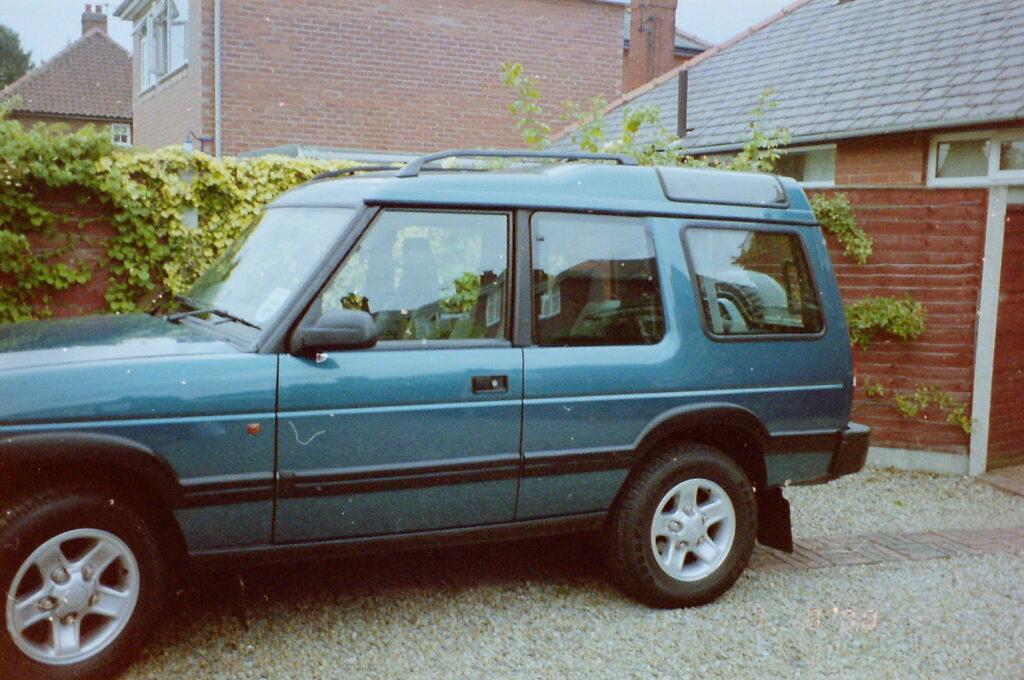Wildflower meadow.. fantastic colours for 2025.
Sown for a customer in the spring, the new wildflower meadow looks fantastic at its the peak of colour, adding a new dimension to a garden area.
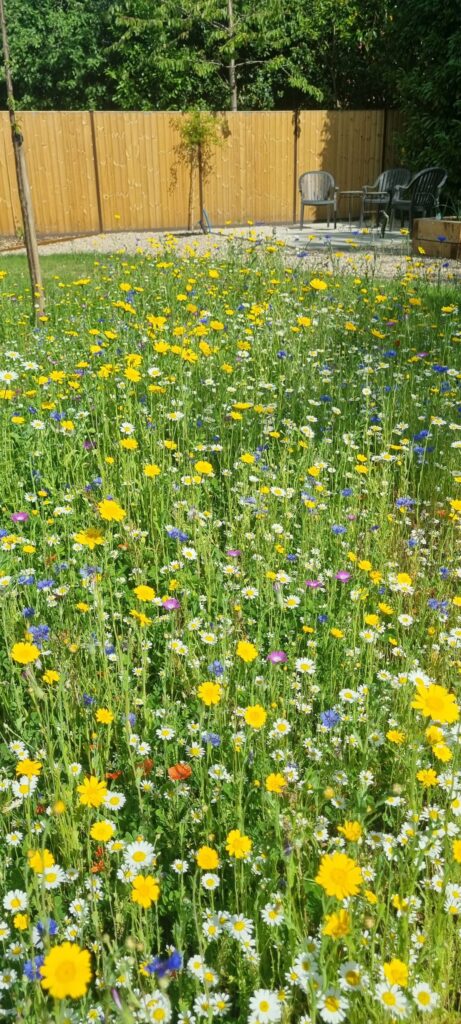
Sown for a customer in the spring, the new wildflower meadow looks fantastic at its the peak of colour, adding a new dimension to a garden area.

Rylands have just finished landscaping and renovating a garden area around a newly built garage in the Heworth area of York. We undertook to re-landscape the front and rear garden areas for a family to enjoy the summer. The existing paving was looking a little bit tired and the newly built garage needed to be married into the existing area, with newly build steps & paving. A new dry stone wall was built and the border areas and trees tidied. A newly planted bed at the front screened off the family seating area, which has been well used on these long hot summer evenings. With a little vision its amazing what can be achieved!
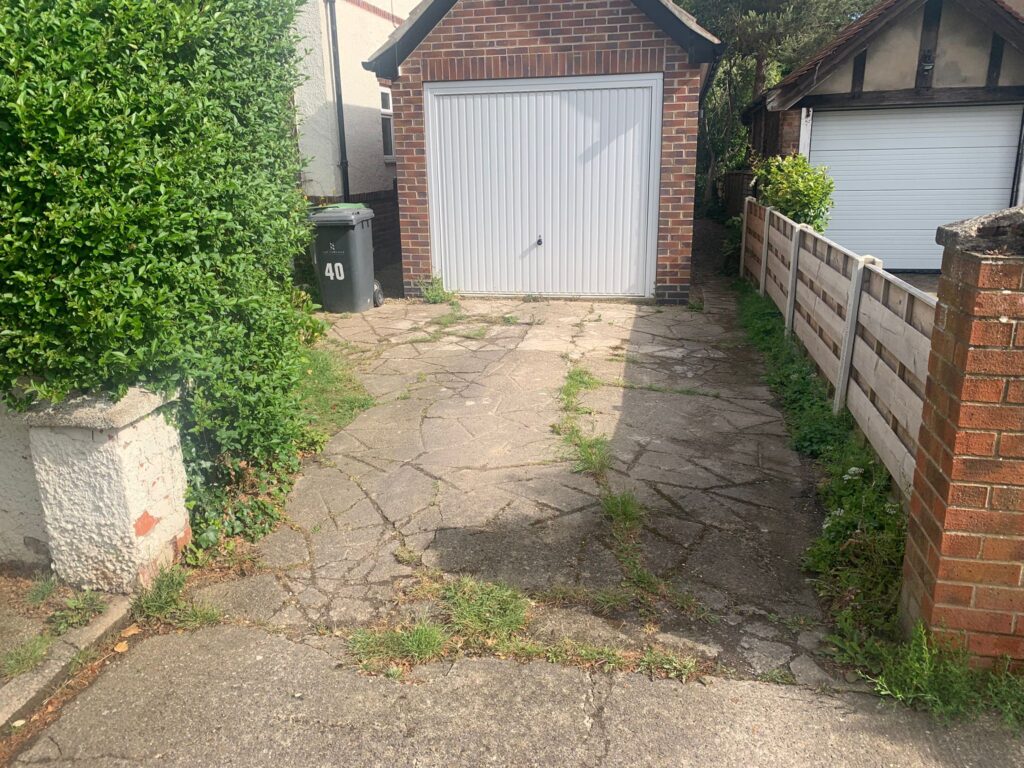
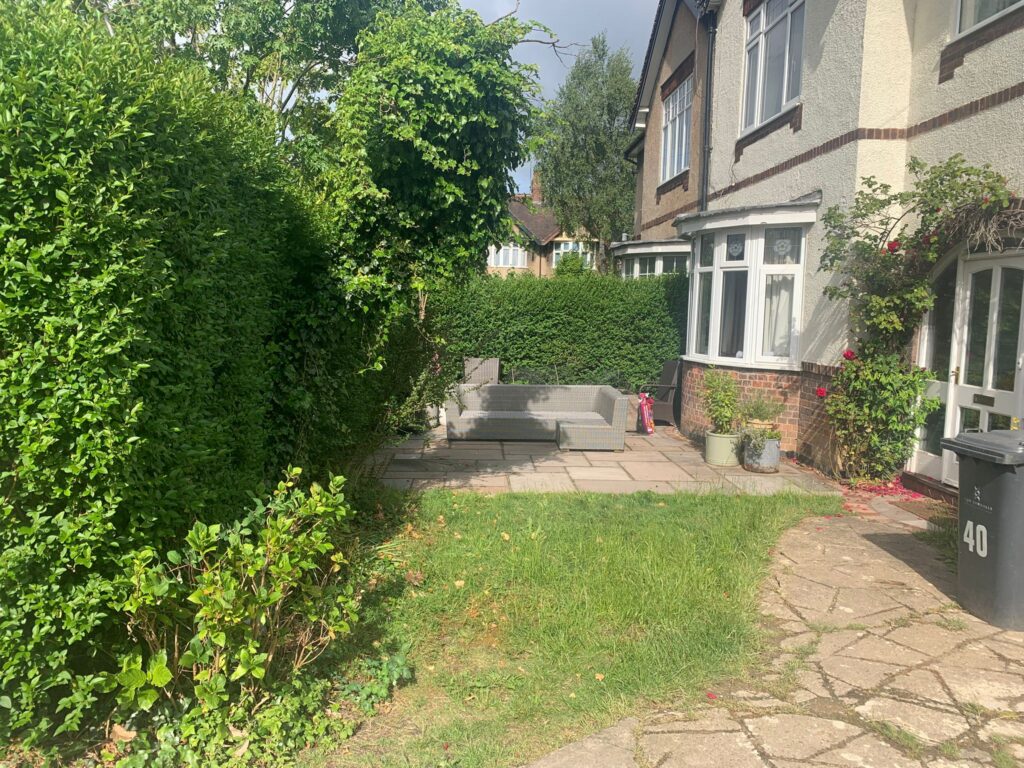
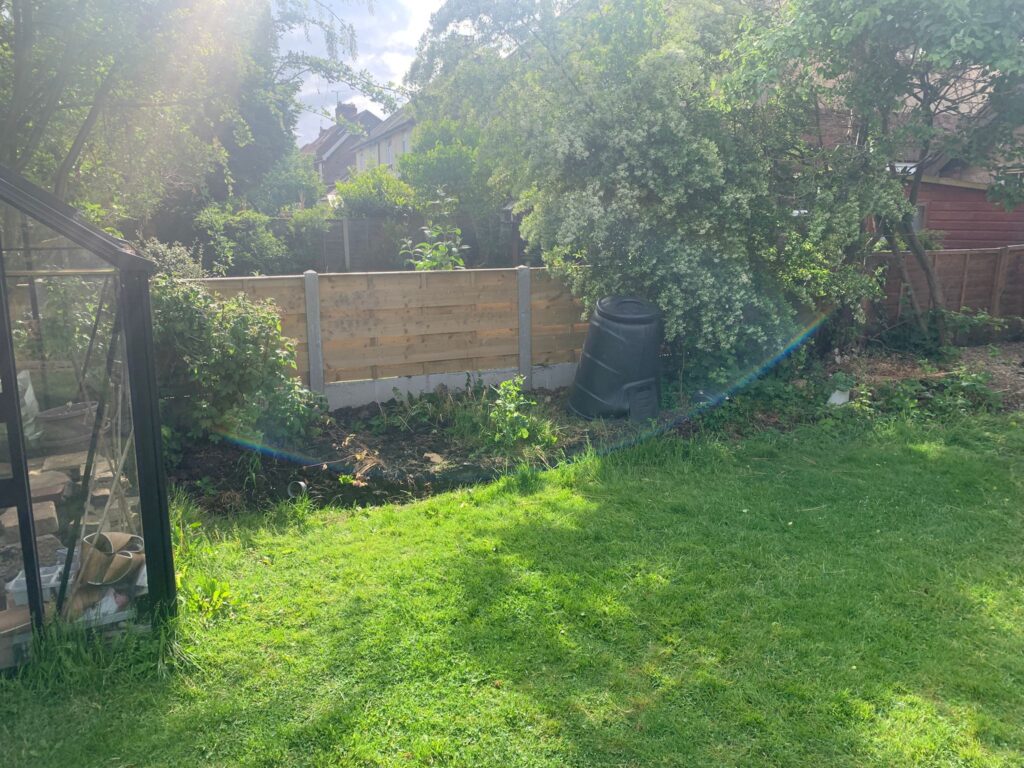
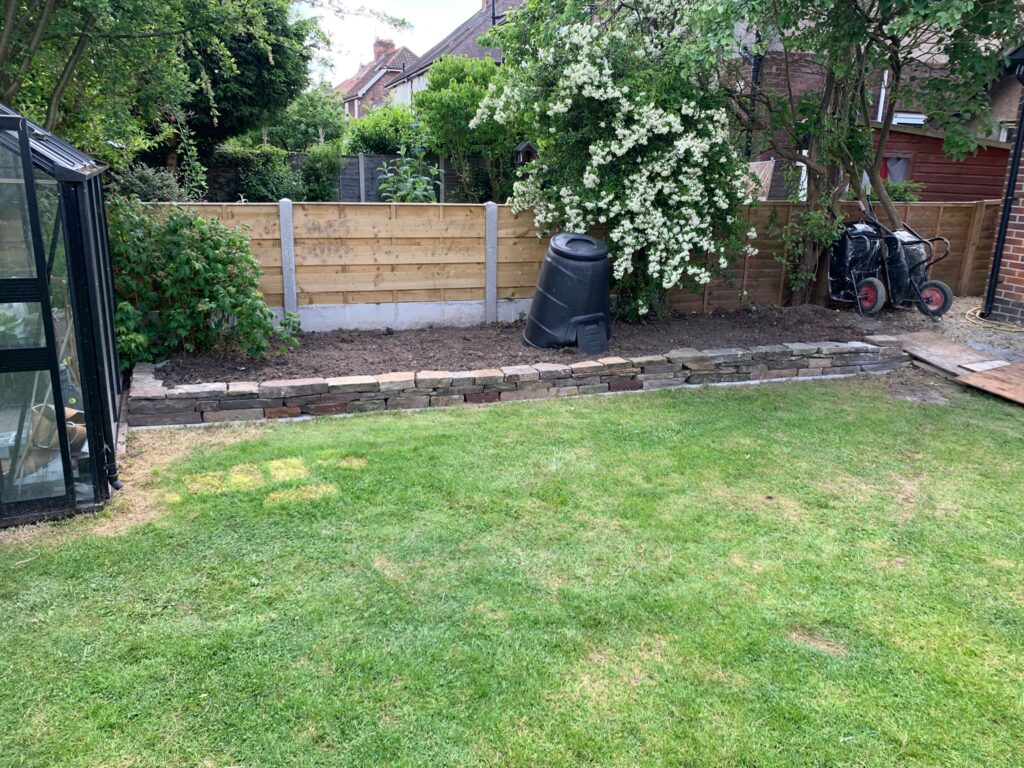

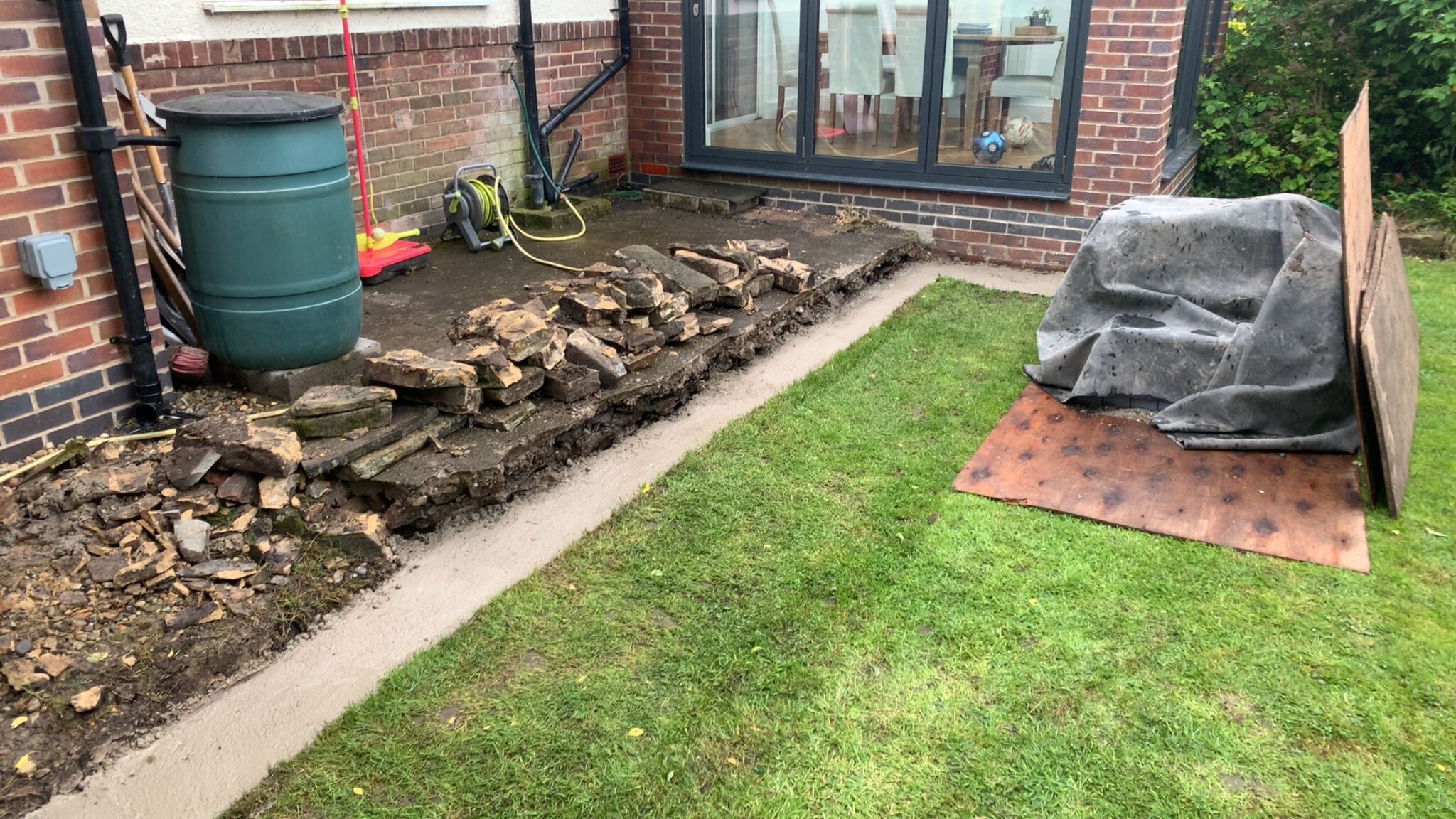
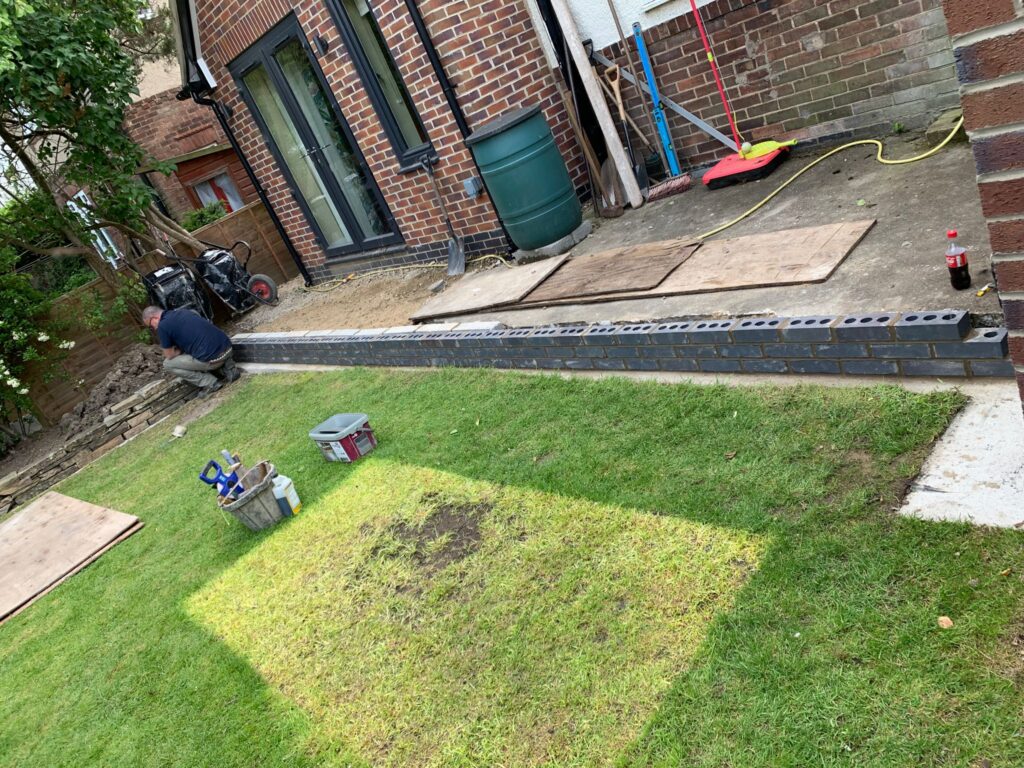
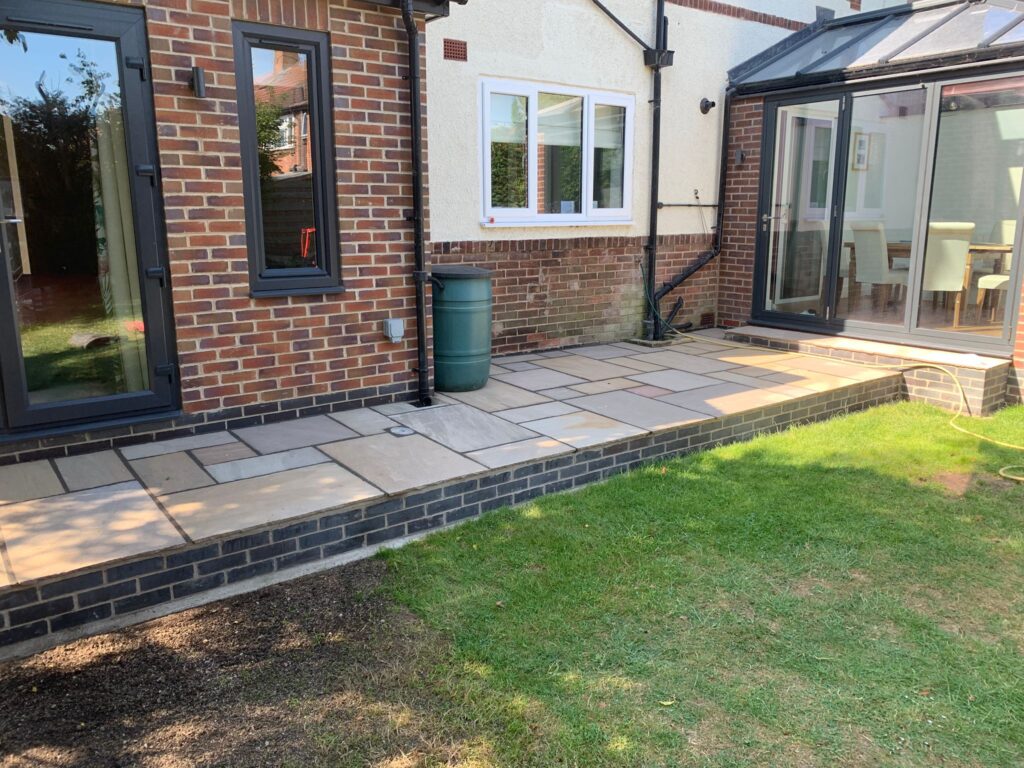
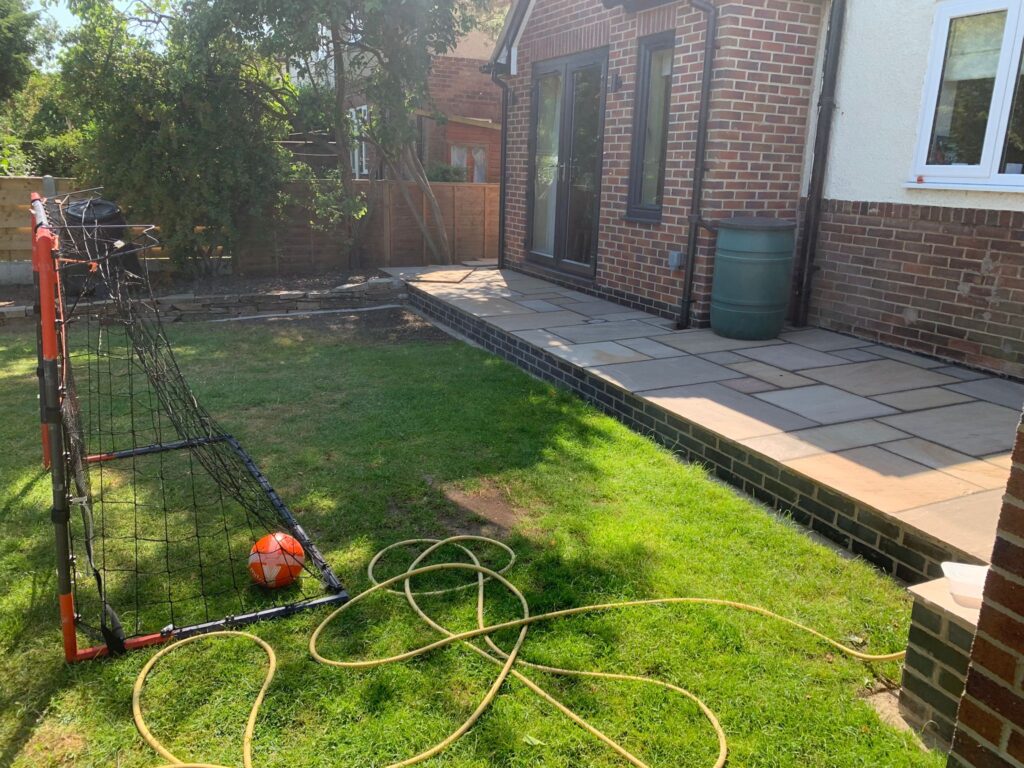
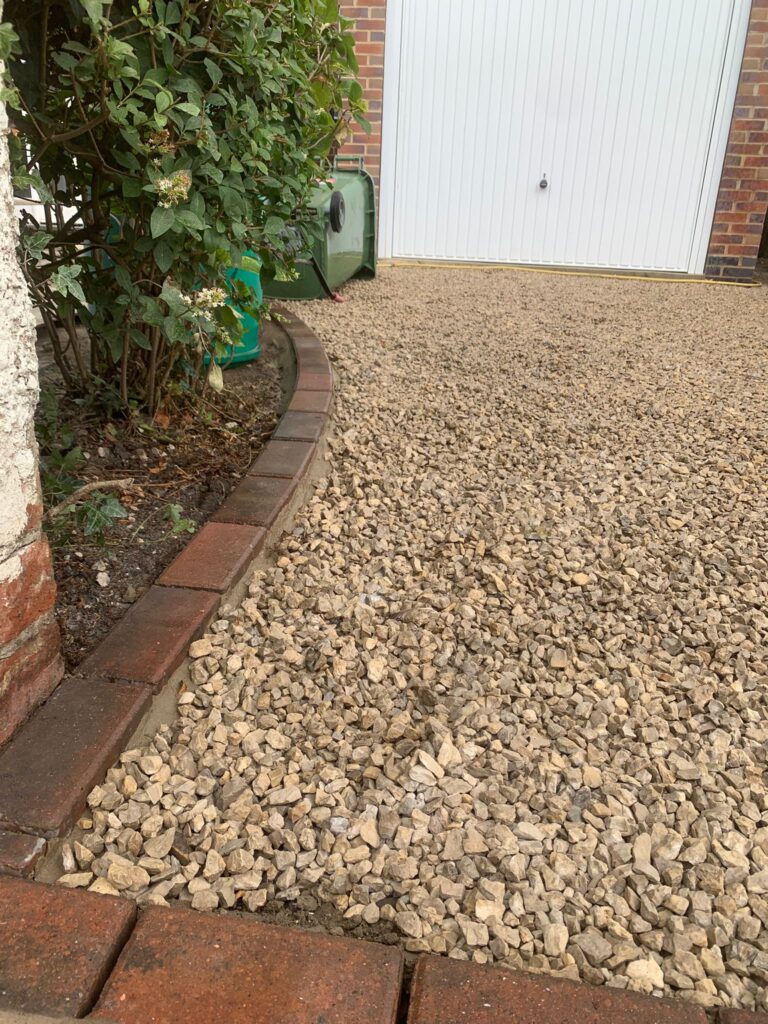
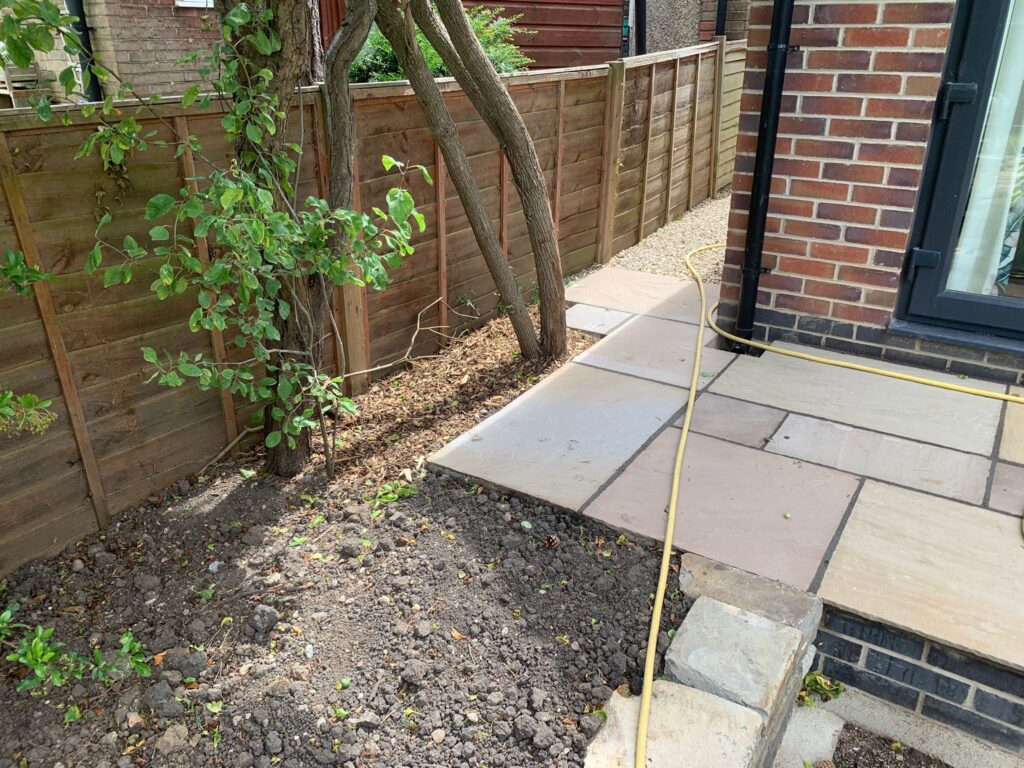
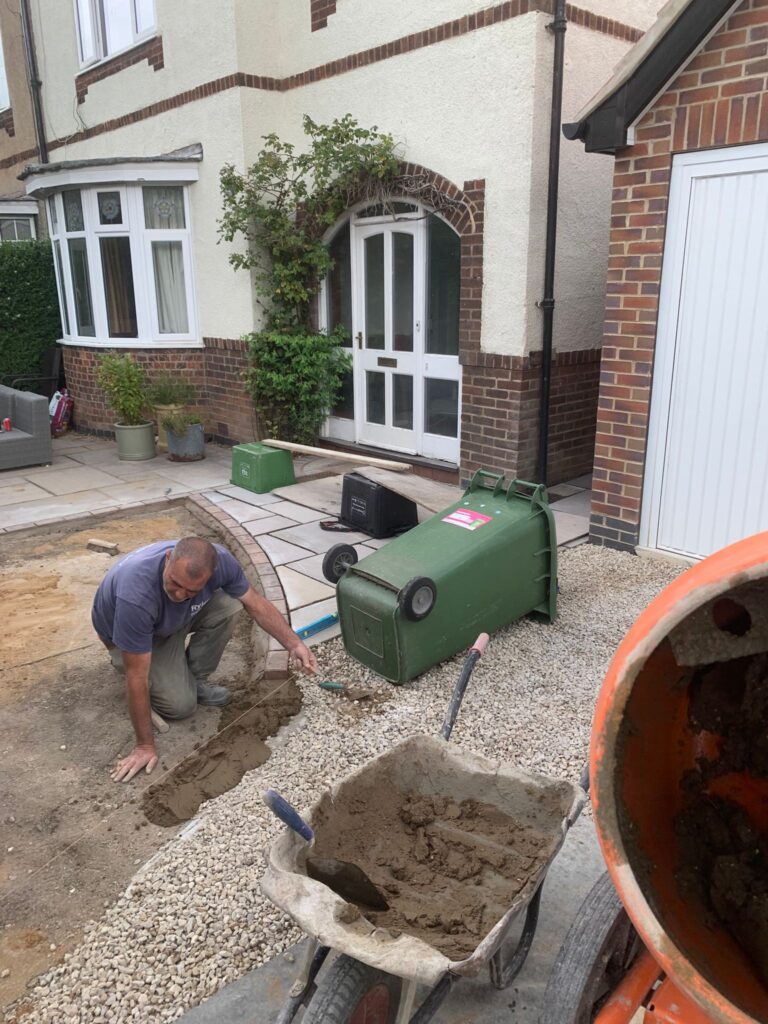

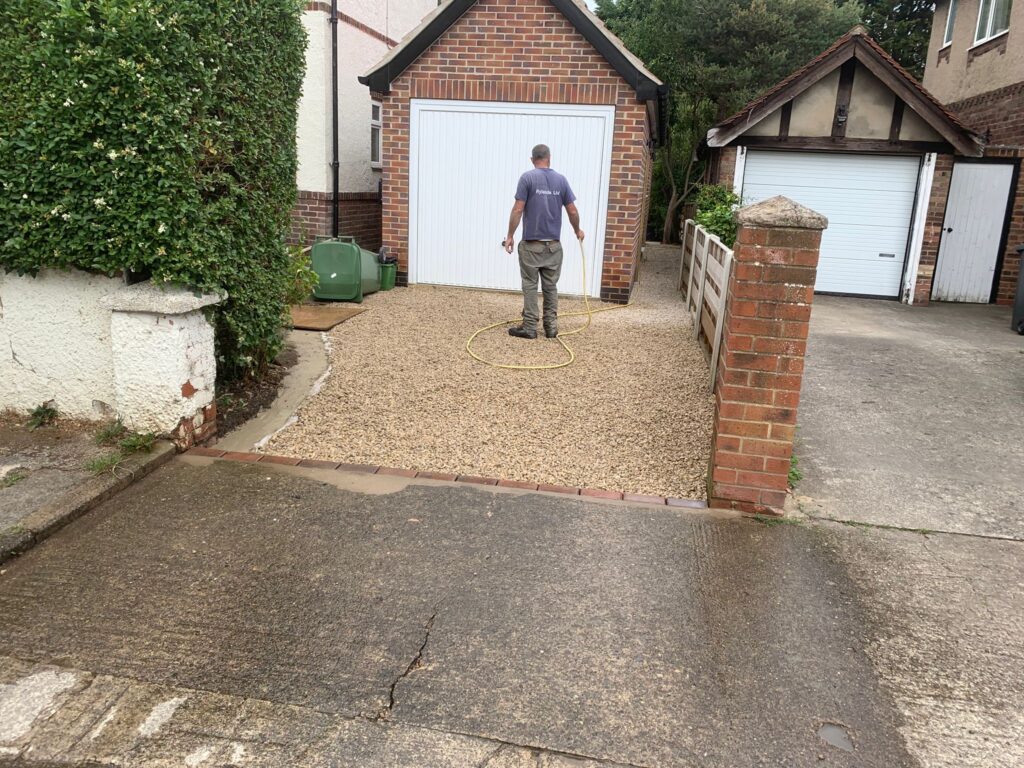
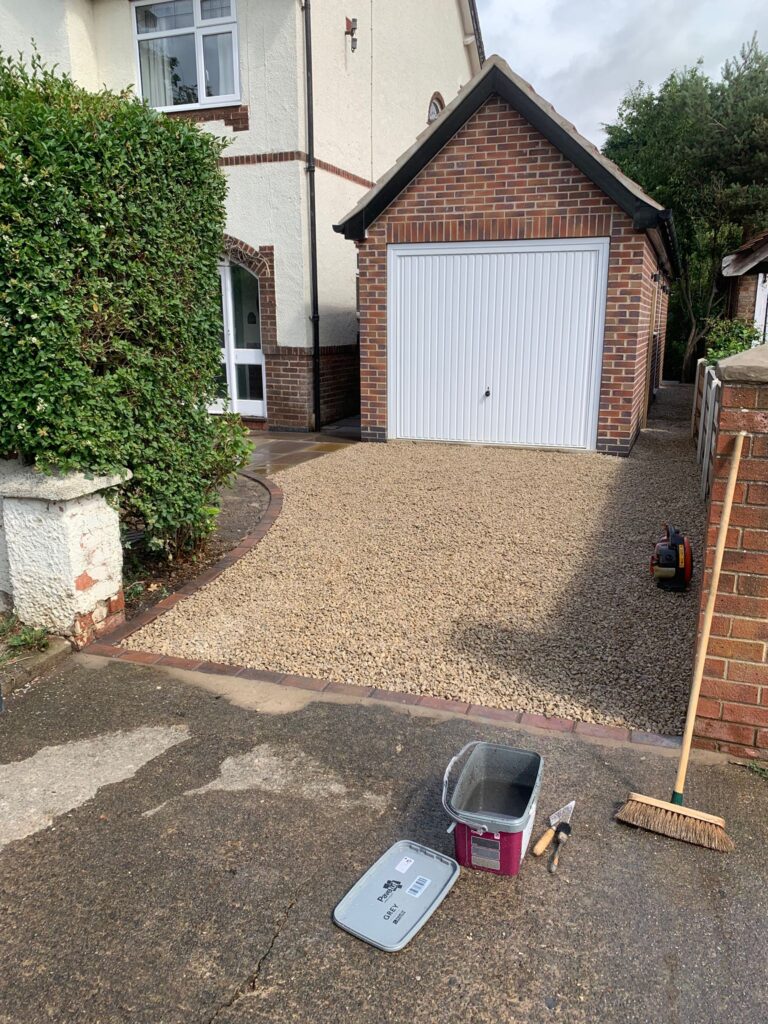
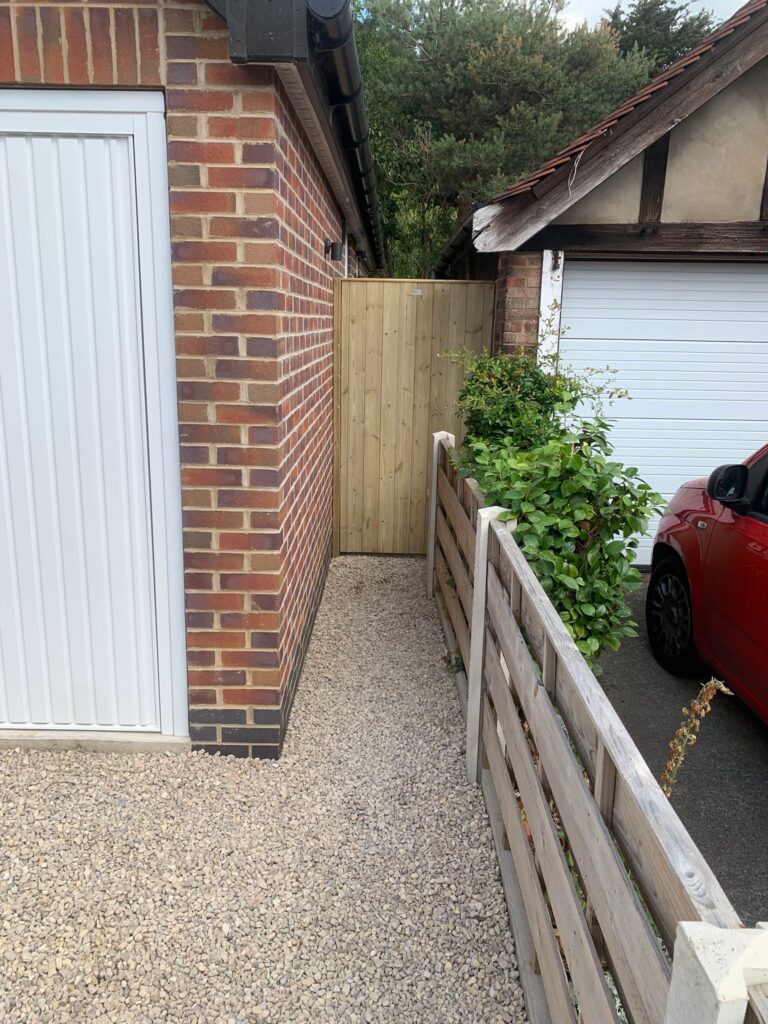
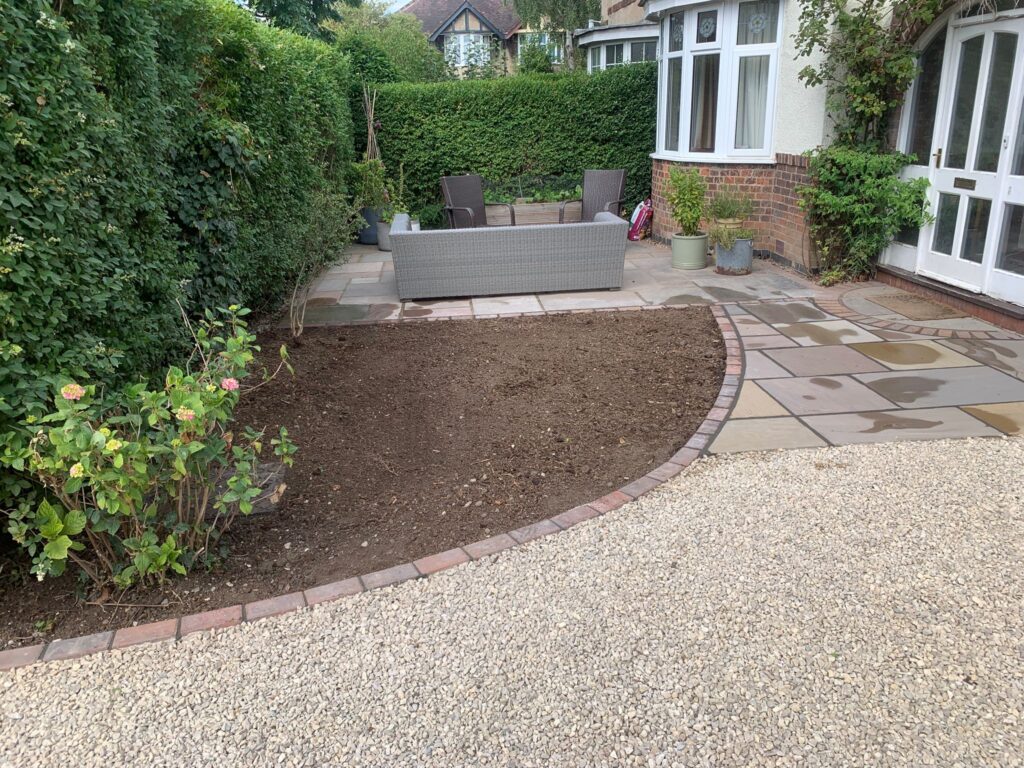
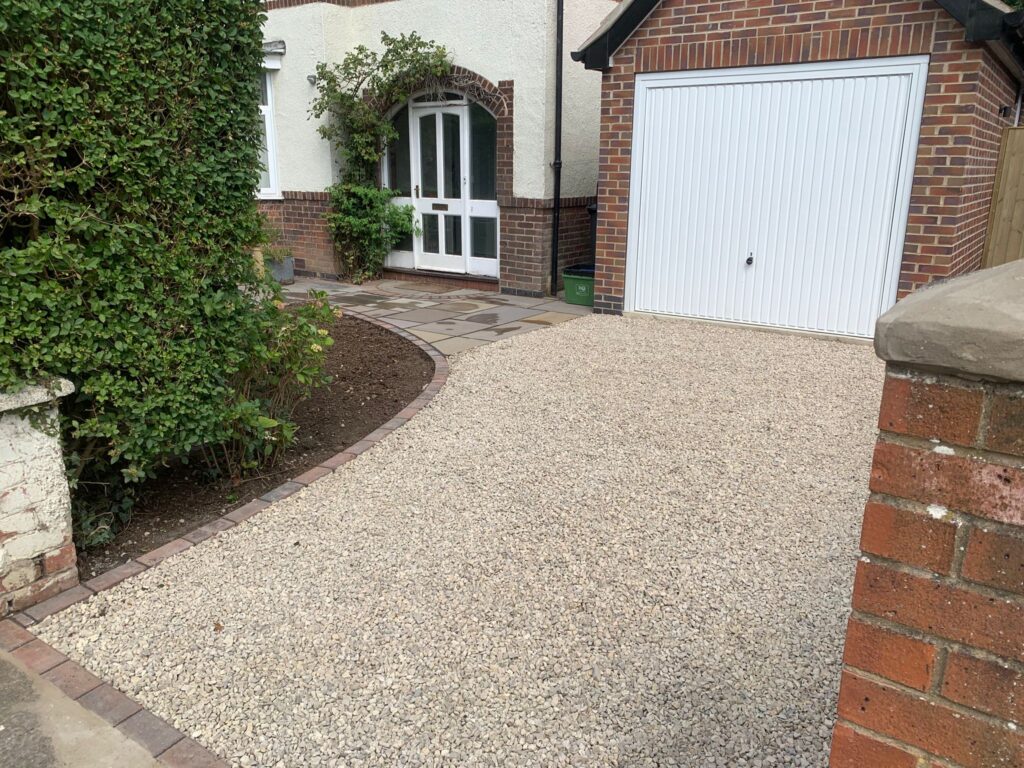
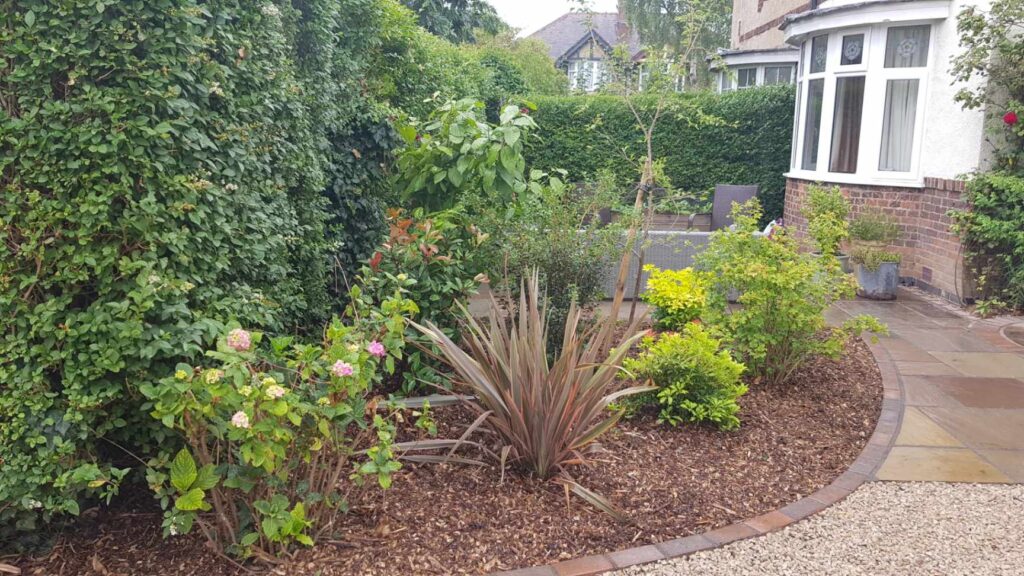

We at Rylands have supported the apprentice schemes at Askham Bryan College for many years. Having all had our training, it’s great to put something back into the system. We support advancement through training, as we have been NPTC assessors & LANTRA instructors for many years.
Dear Rylands,
I would like to take this opportunity to thank you for your time and experience that you have provided whilst E. F. was on work placement at your premises.
At Askham Bryan we believe that work placement plays an integral part in our students progress into the world of working. Placements such as yours are highly valued and if you are willing, we may contact you for future student placements.
If you have any questions or need any further information, please feel free to contact me.
Many Thanks
S H
S H
Work Placement Co-ordinator | Student Services
Askham Bryan College, York | Askham Bryan | York | YO23 3FR
T: +44 (0) 1904 772277 | E: s.h@askham-bryan.ac.uk | www.askham-bryan.ac.uk

Rylands have worked for the Diocese of York for nearly 40 years, undertaking tree works and grounds maintenance.
Recently the Diocese have commissioned Enviroscope, a York based consultancy firm, to undertake tree surveys on all the diocesan properties, resulting in a flood of tree related contracts for Rylands to undertake. Everything from Ivy control, to large tree removals have been undertaken. It will be a few years before we get on top of some of the properties, which have had little tree works done for many years.
This is a currently finished tree and ground mtc contract at Terrington Vicarage. Looks tidier. Even had its own badger sett!.


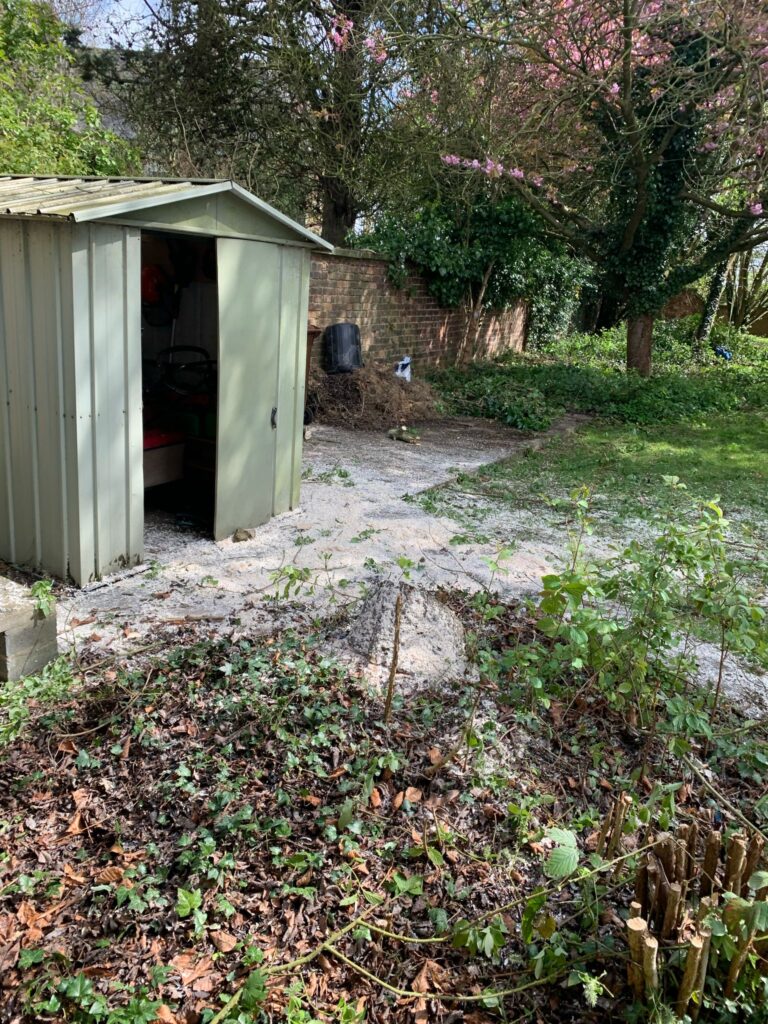

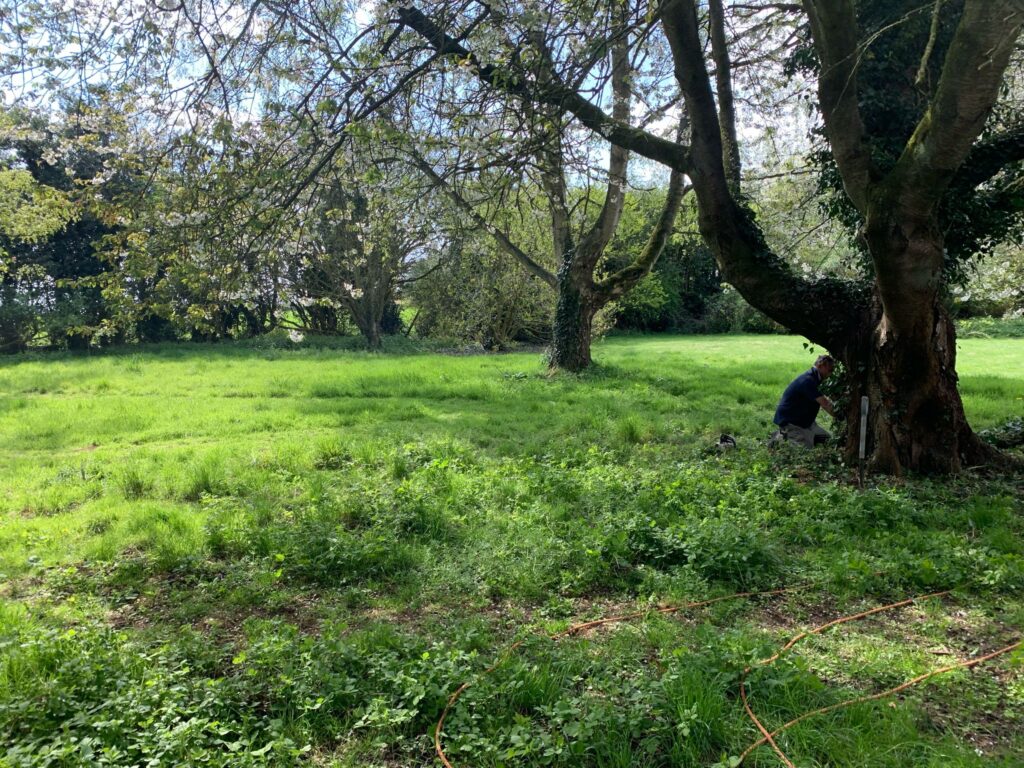
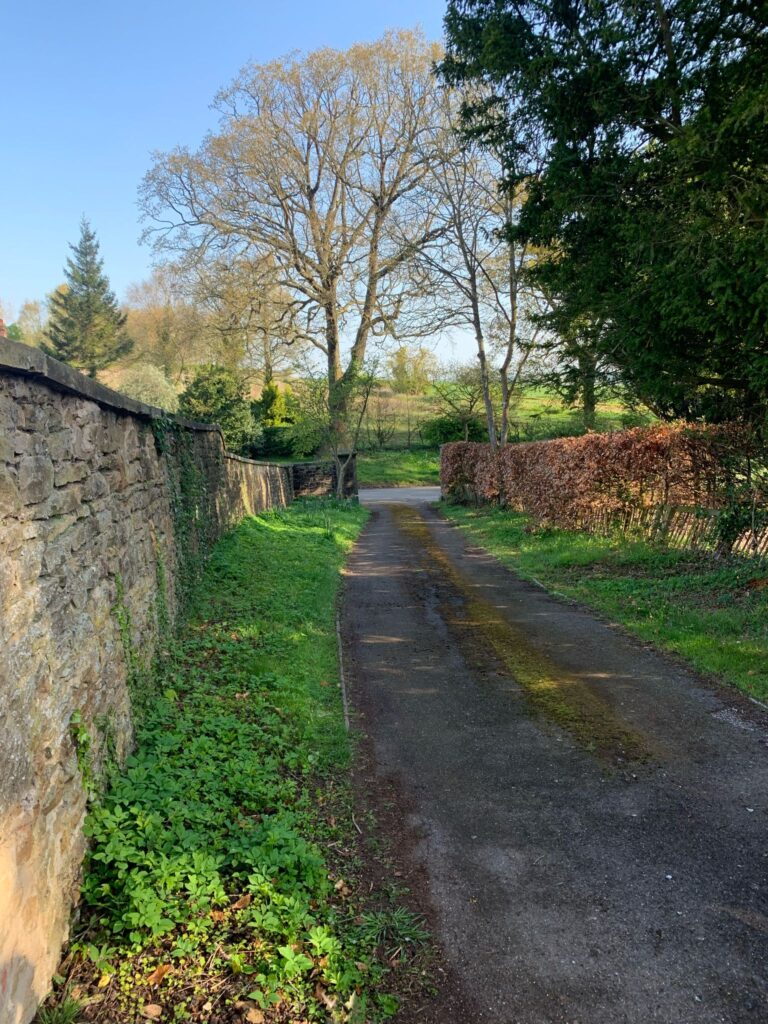


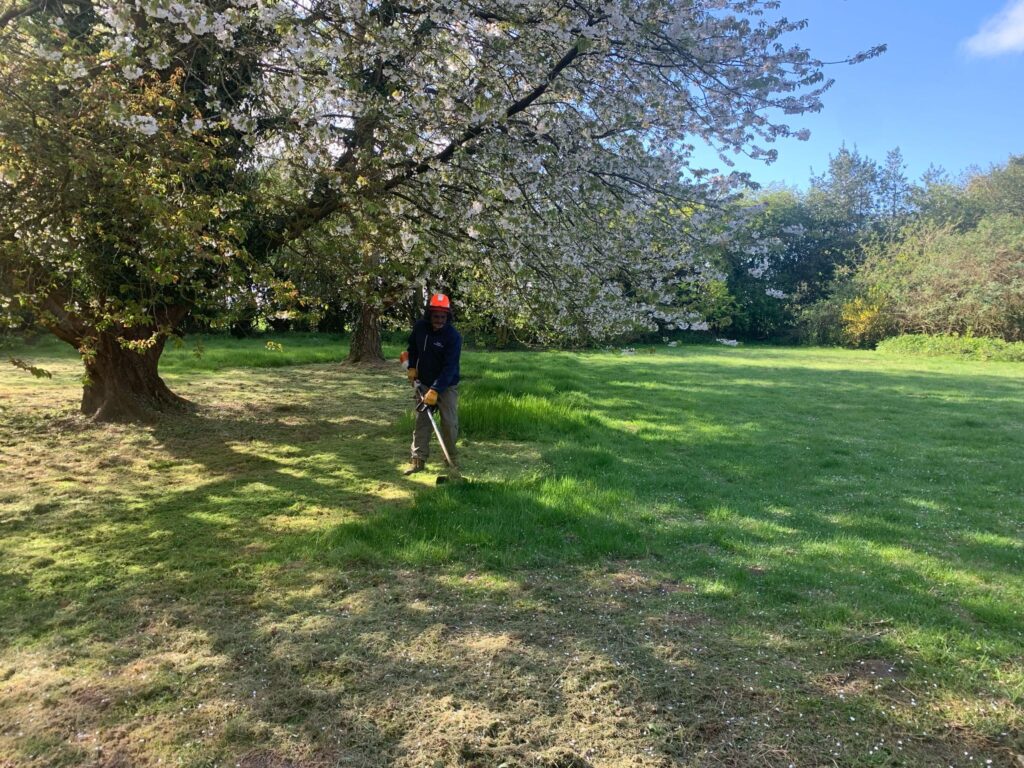


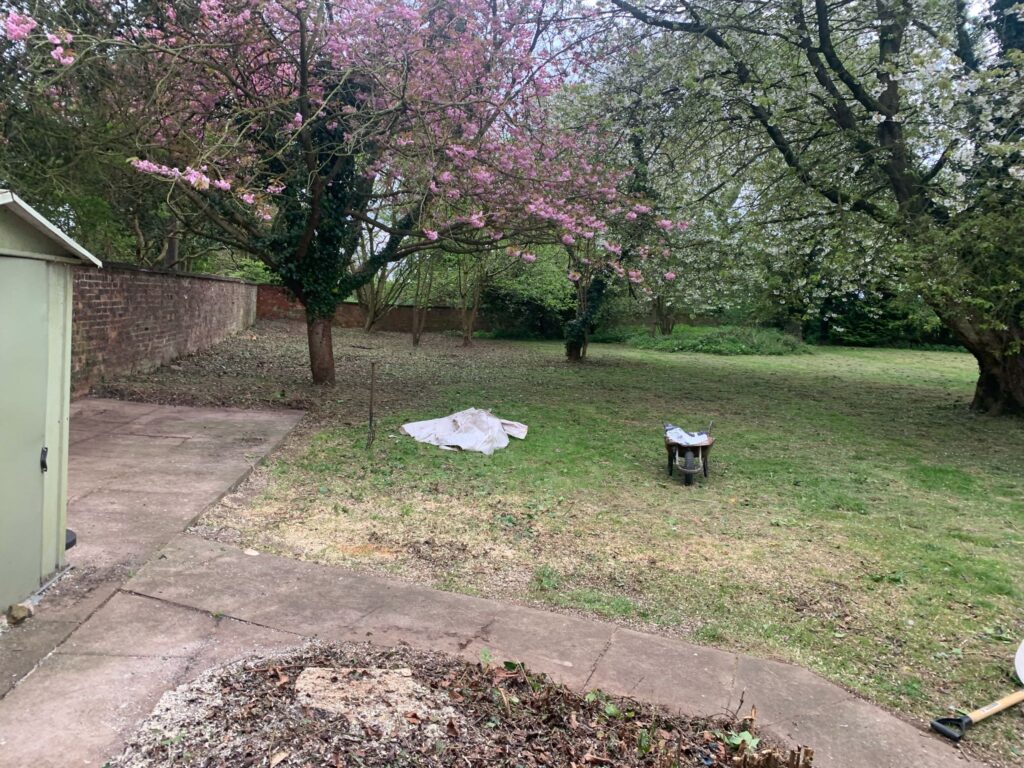
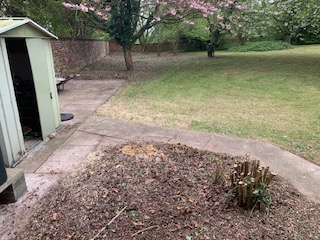

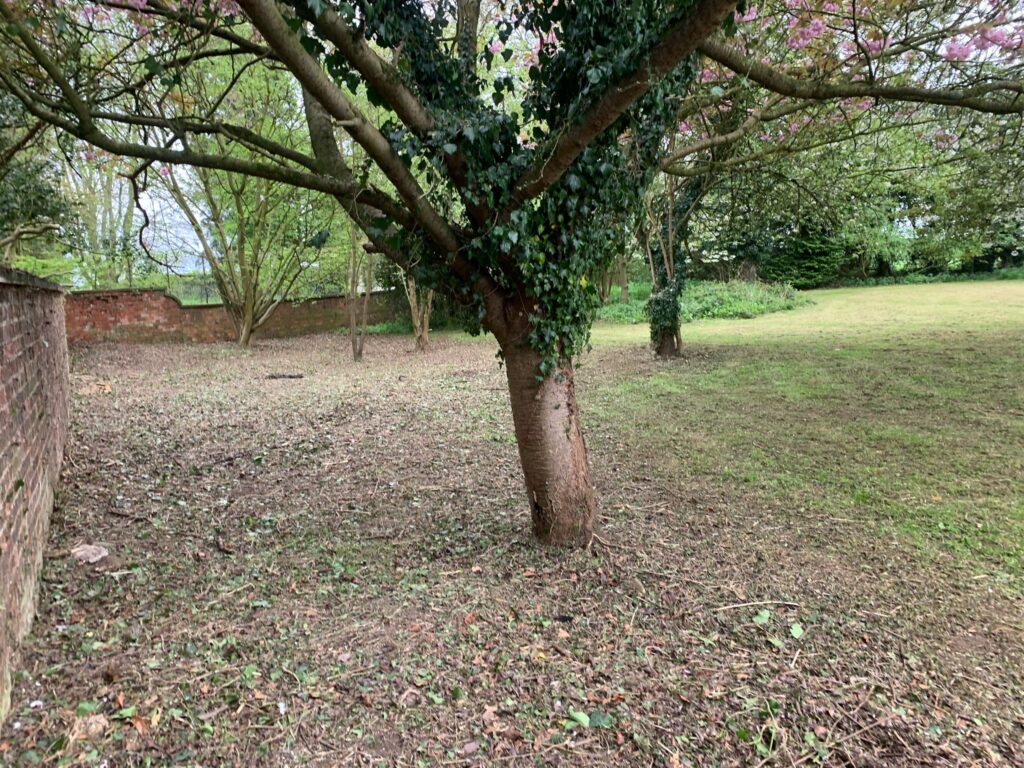







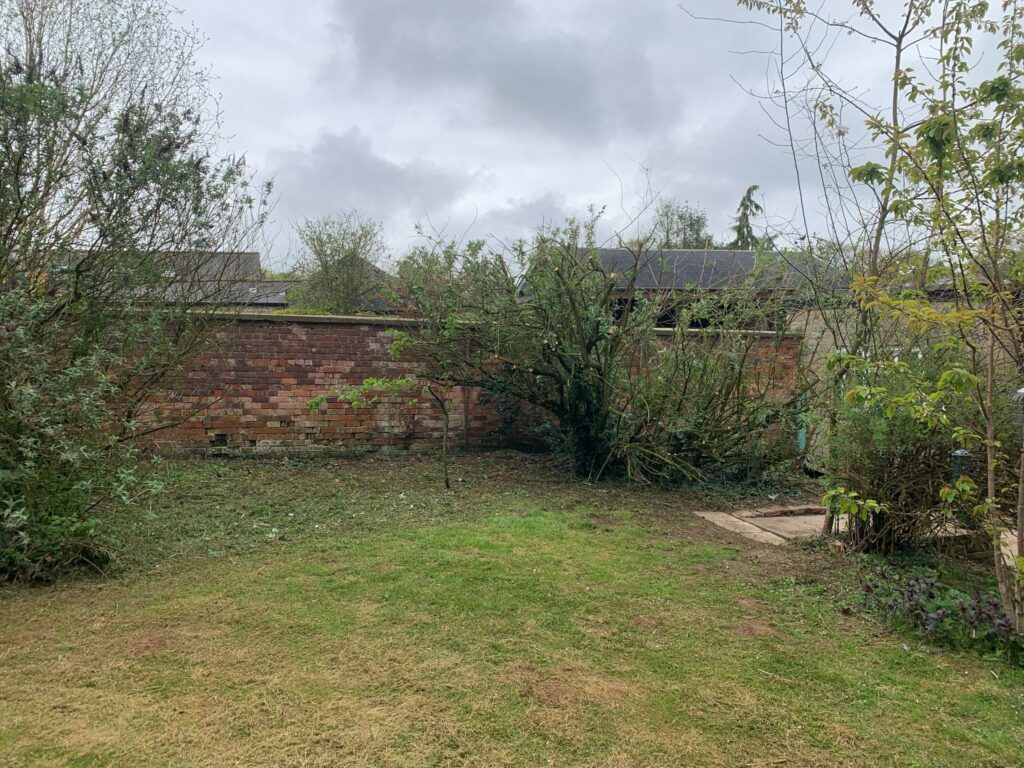
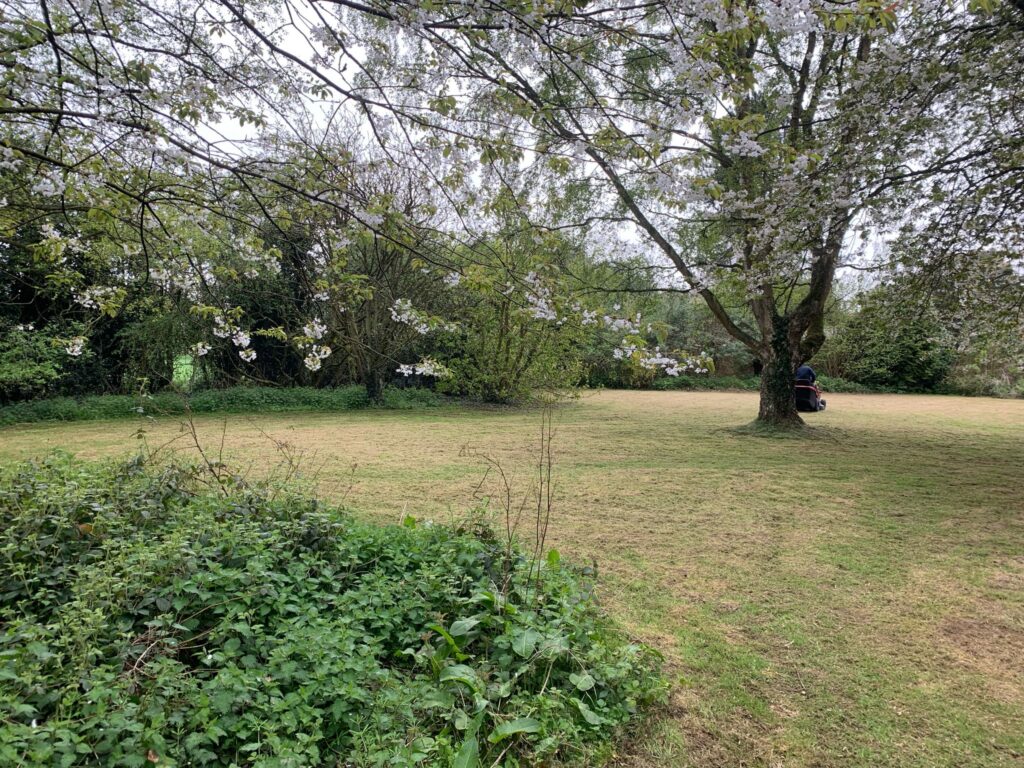

Looking at the Rylands archives we found a few interesting stories from over the years…

Stu Whicker Foreman putting up bird boxes for Colenso at Clifton Business park, York.
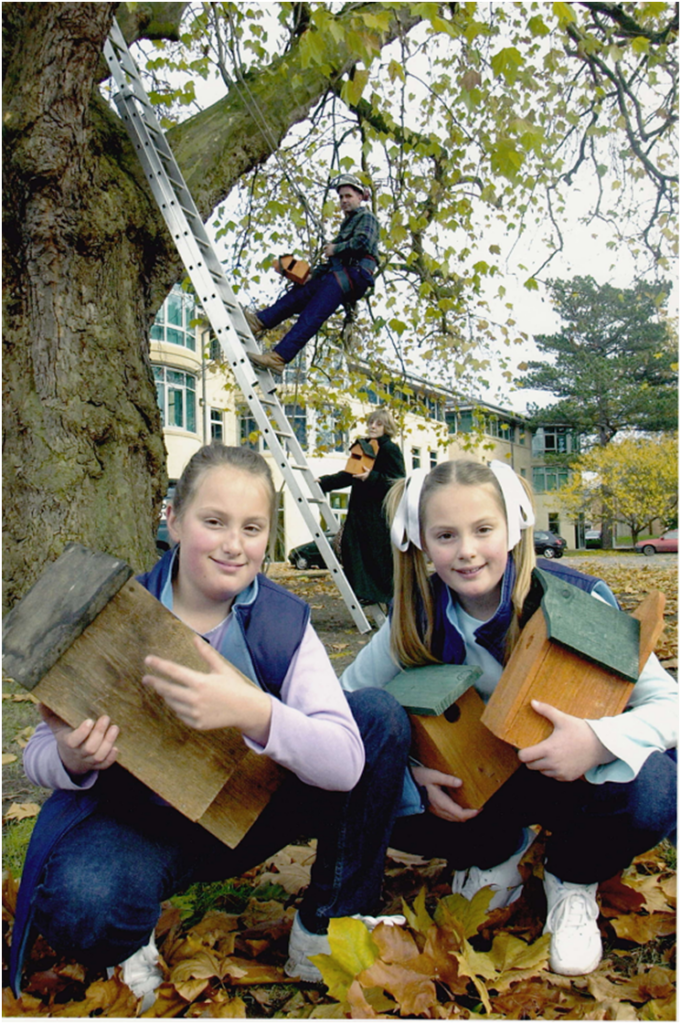

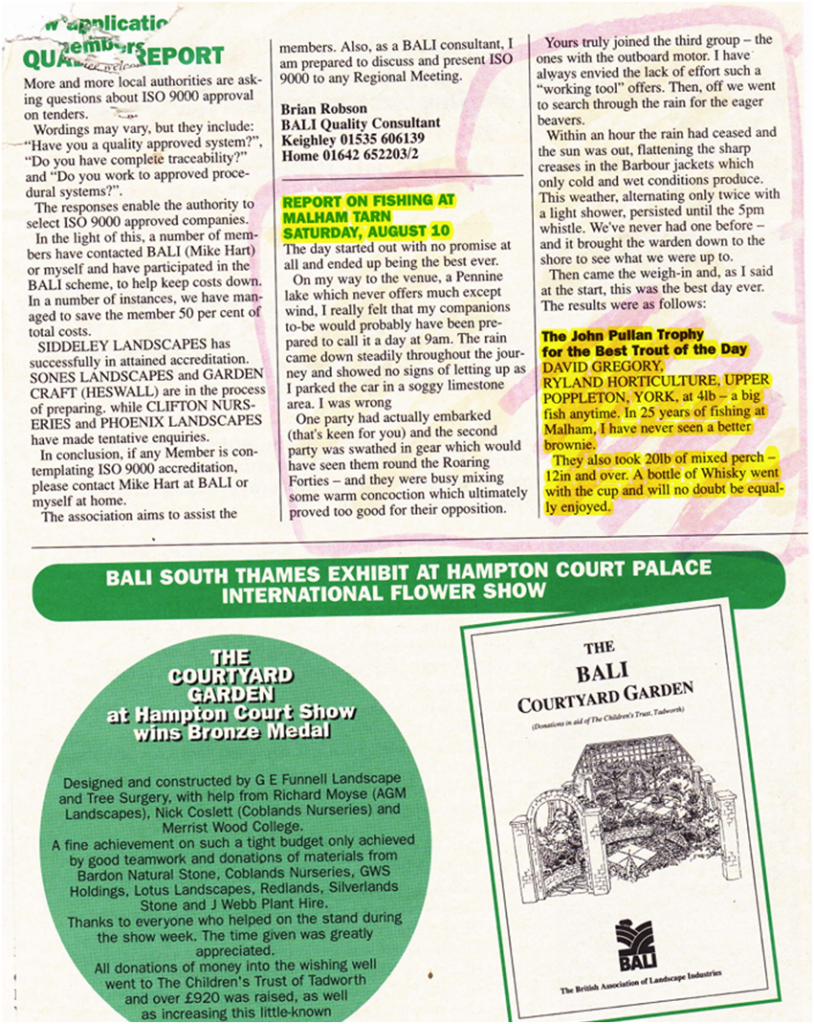
BALI fishing competitions.. We did well over the years!!!

Rylands did a health & safety day event at Bishops Place York with the HSE.
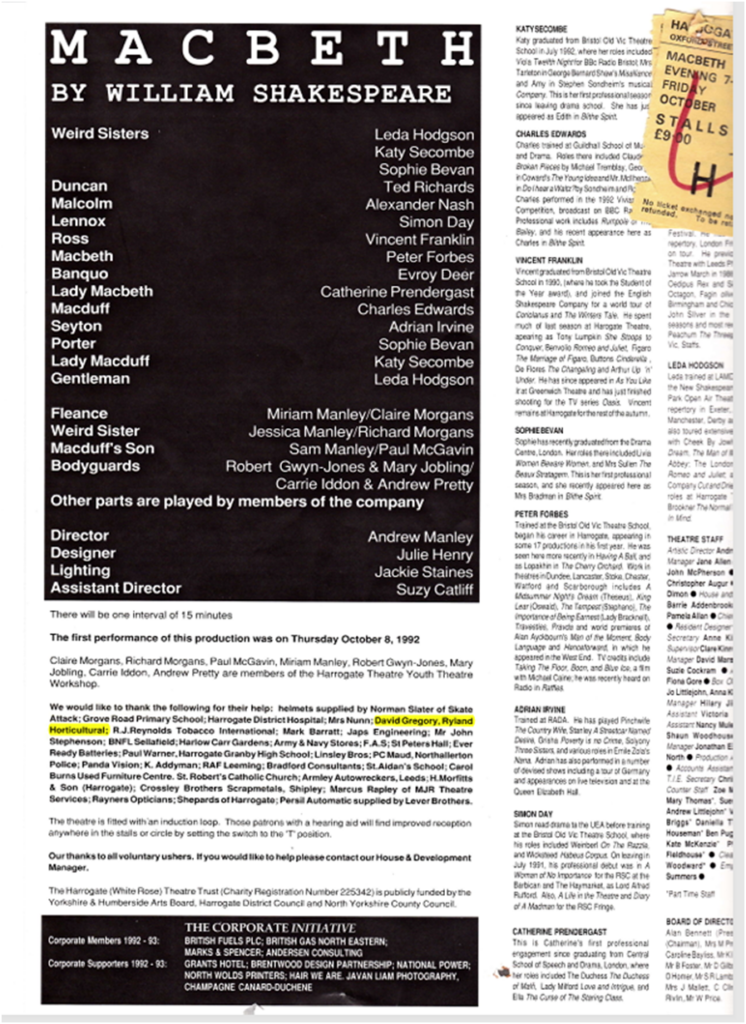
We were involved in a modern version of Macbeth at Harrogate Theatre, 1992.

Always a good image of Rylands removing the old Chestnut tree in the Coppergate centre, York.
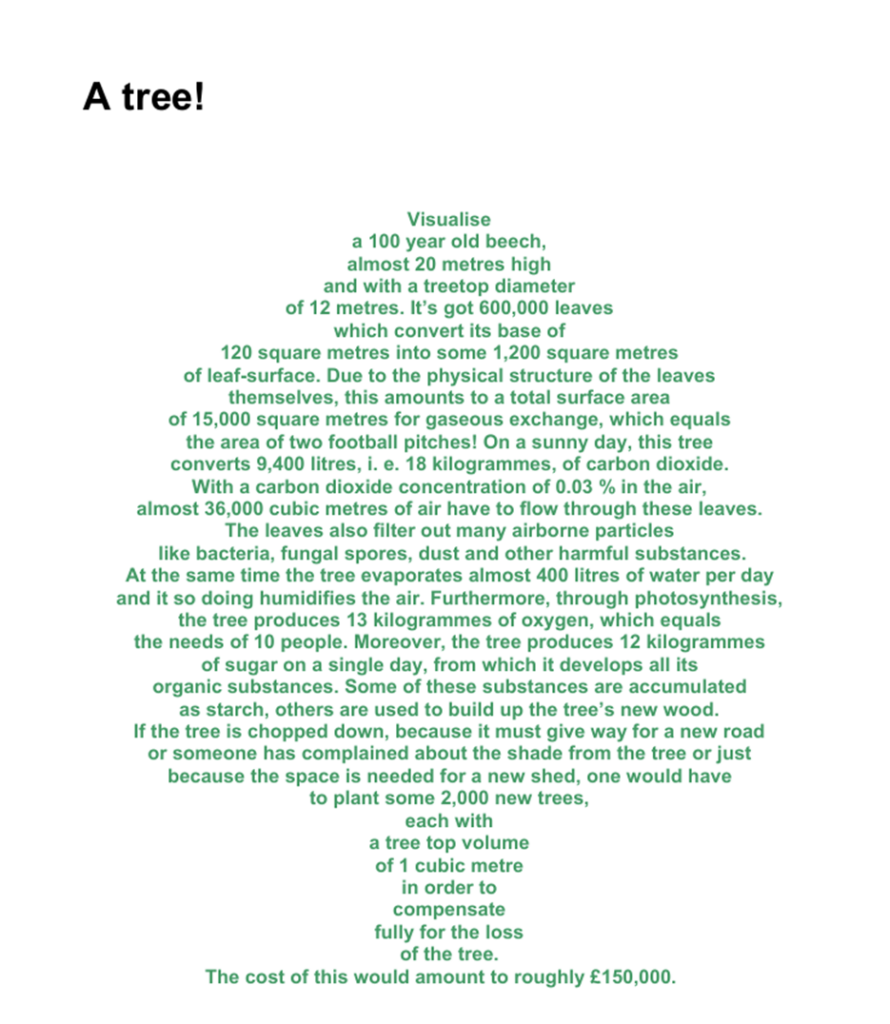
We always liked this description of a tree!

So True !!!!!
Sarah Beeny from 2010 , where Rylands did some TV tree removal works at Hull. The show was a channel 4 programe, hosted by Sarah Beeny, were a team of experts travelled around Britain looking for homes that urgently need repair. The Rylands team featured on the 3rd episode where a house in Hull was suffering from troublesome roots, which had caused cracking to the old Victorian house. Rylands were there a few days felling & pruning back the trees, all with Local Authority approval.
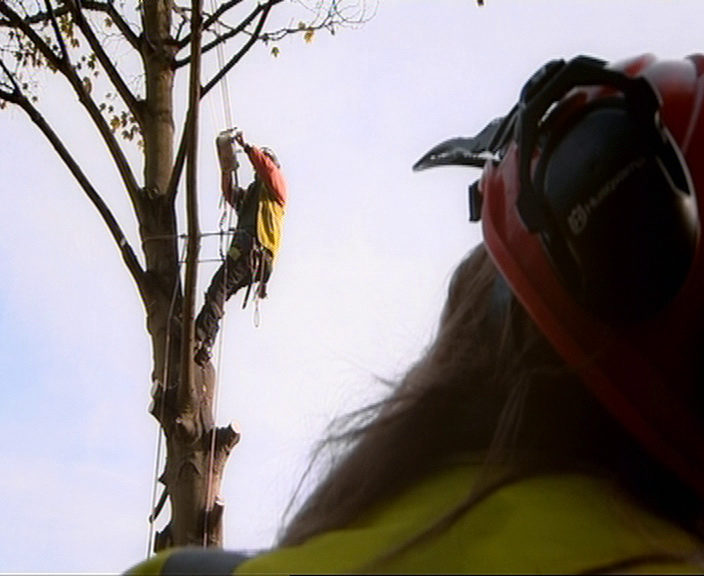

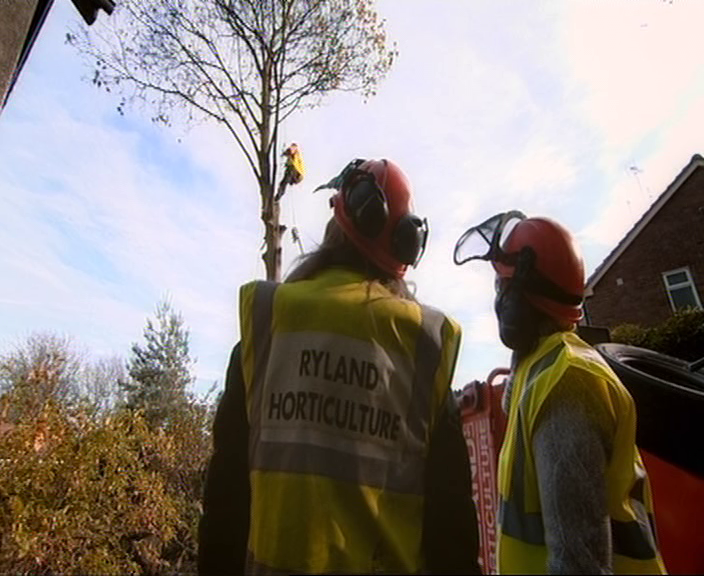
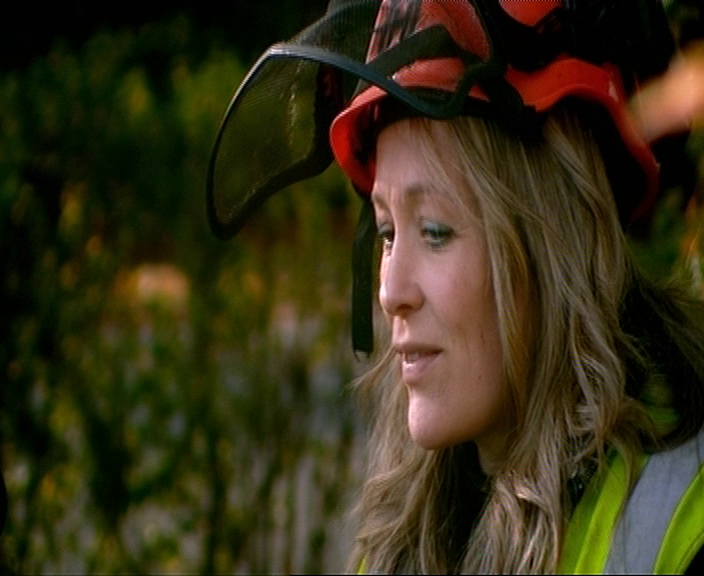

Sarah Beeny & the Rylands team in action.
Rylands on Look North. Rylands were clients arborists ( consultants) for McArthurGlen at York designer outlet during its construction by Shepherds during 1997. Previously Naburn Maternity Hospital, where the owner of Rylands was born. Originally built in 1906 as York City asylum and housing POW during WW11. The centre is a focal point for York with 80 million visitors and sales of £2.5 billion. There are some magnificent trees on the site which survived the demolition and construction works, due in the main to strong on site supervision by Rylands, who with their weekly visits oversaw all works in and around the trees.
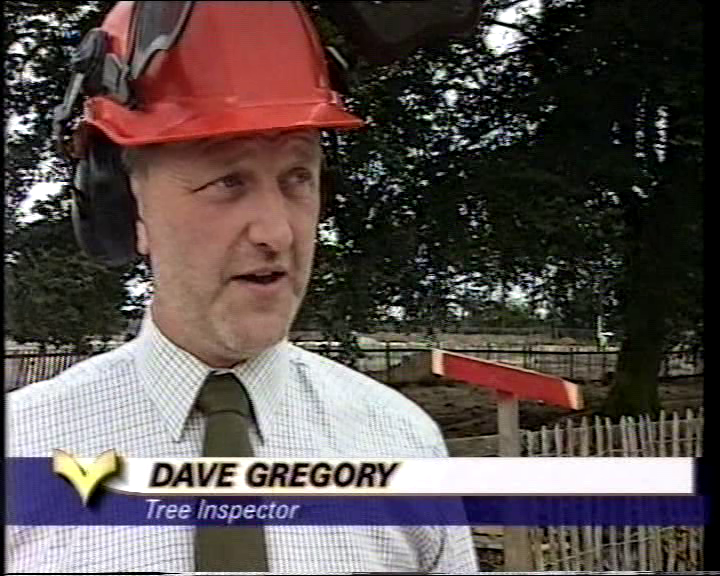
Dave Gregory Tree Inspector at McArthurGlen on Look North.
Situated by the boat house at St. Peter’s School was an old hollow mature Ash tree. Previously pollarded which extended its lifespan, unfortunately the time has now come for its removal. The main trunk, however has been left as it has some habitat value. Another old timer turned into logs and woodchip!
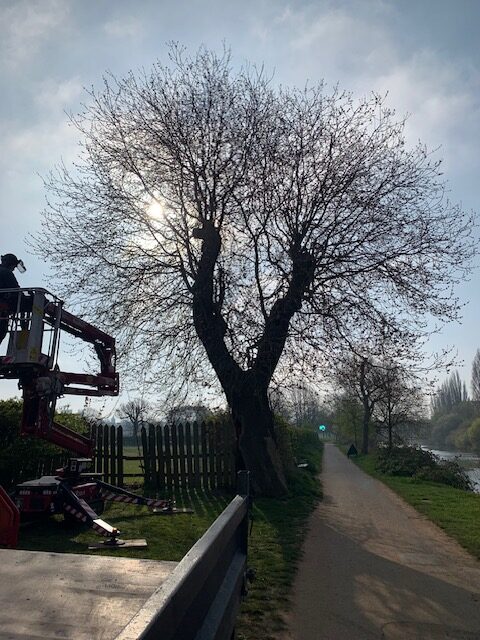
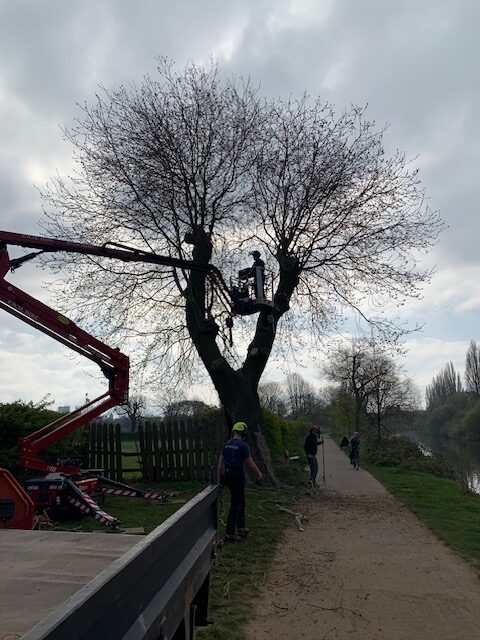
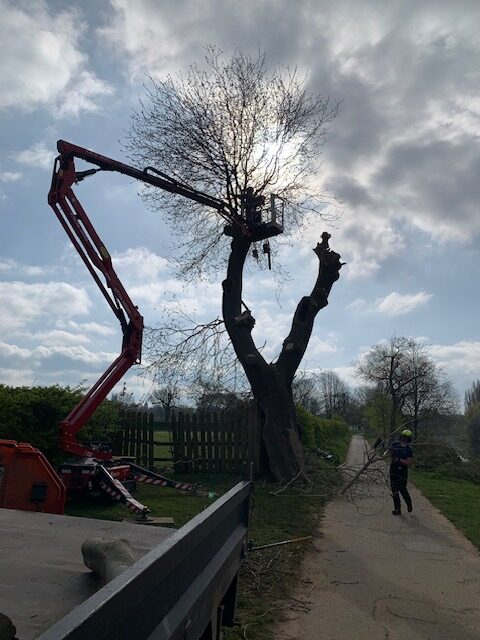

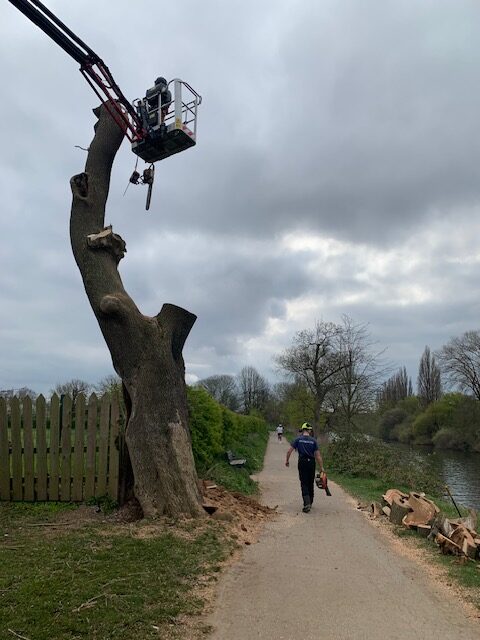
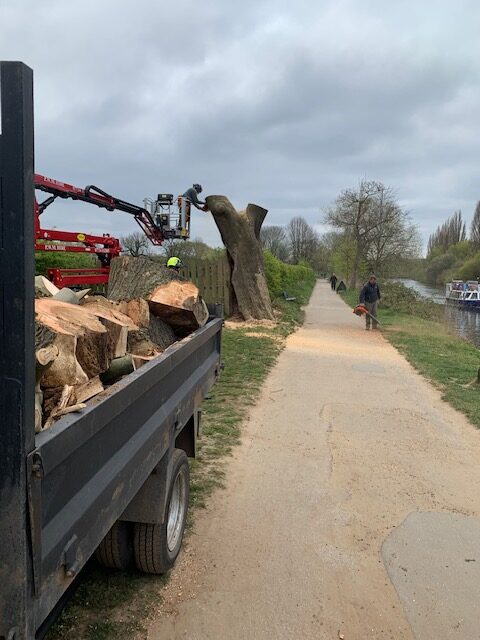
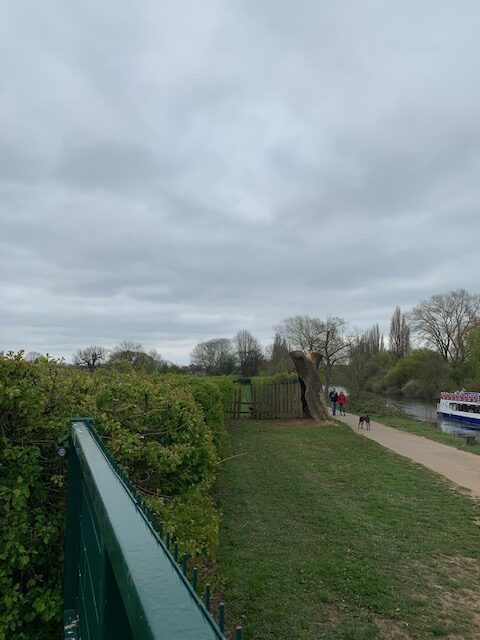
A new build at Strensall requires a new garden area!
Rylands have been commissioned to supply & build / lay down a new garden area, around an existing mature apple tree. The designs consists of new lawn areas, corten steel edging, gravel pathways, raised beds, wild flower areas…..
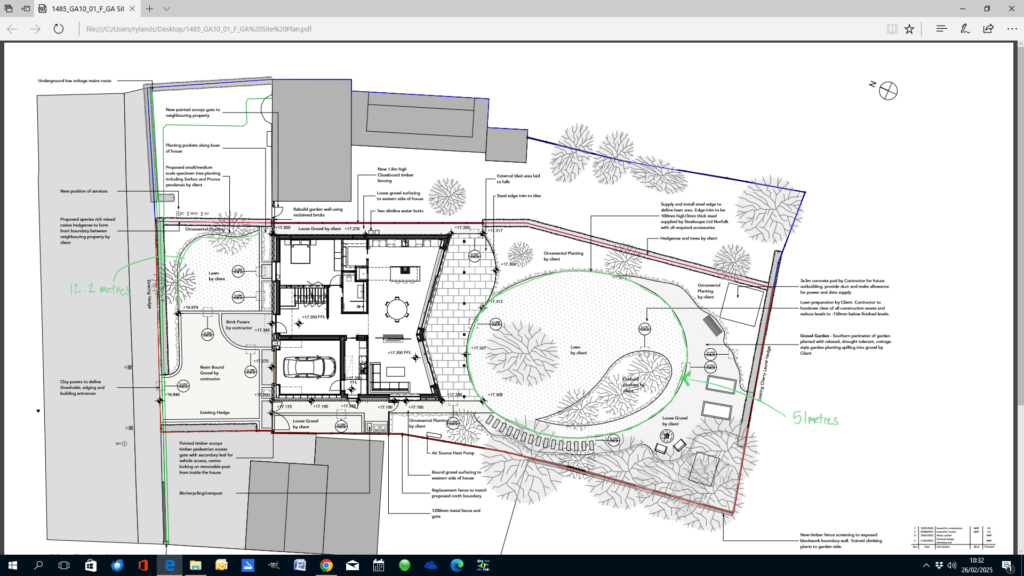
Landscape design plan.
The works will take most of March, ready for the spring.



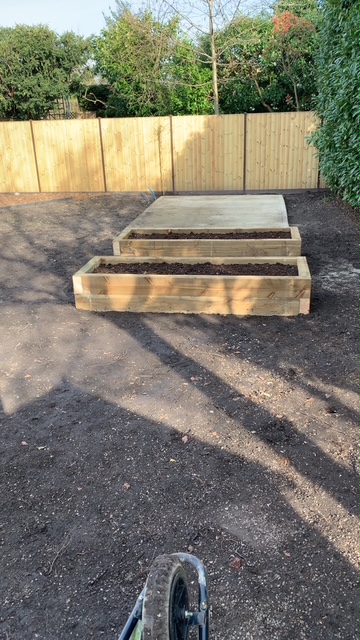
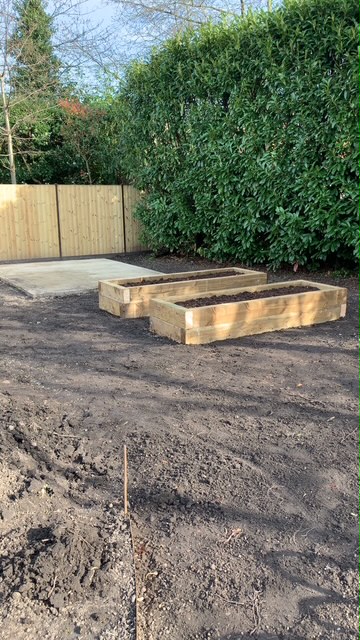

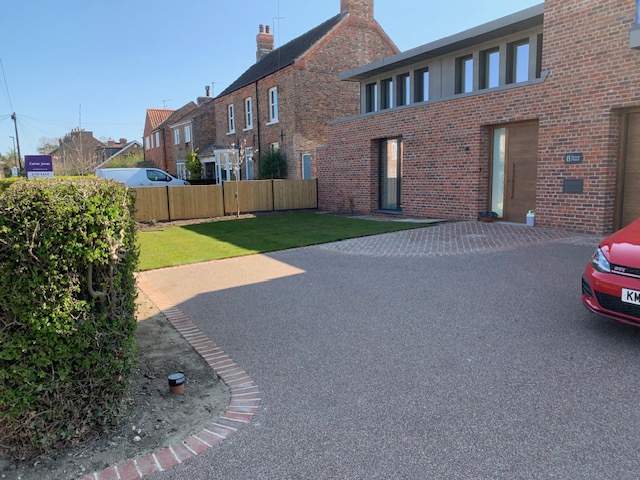
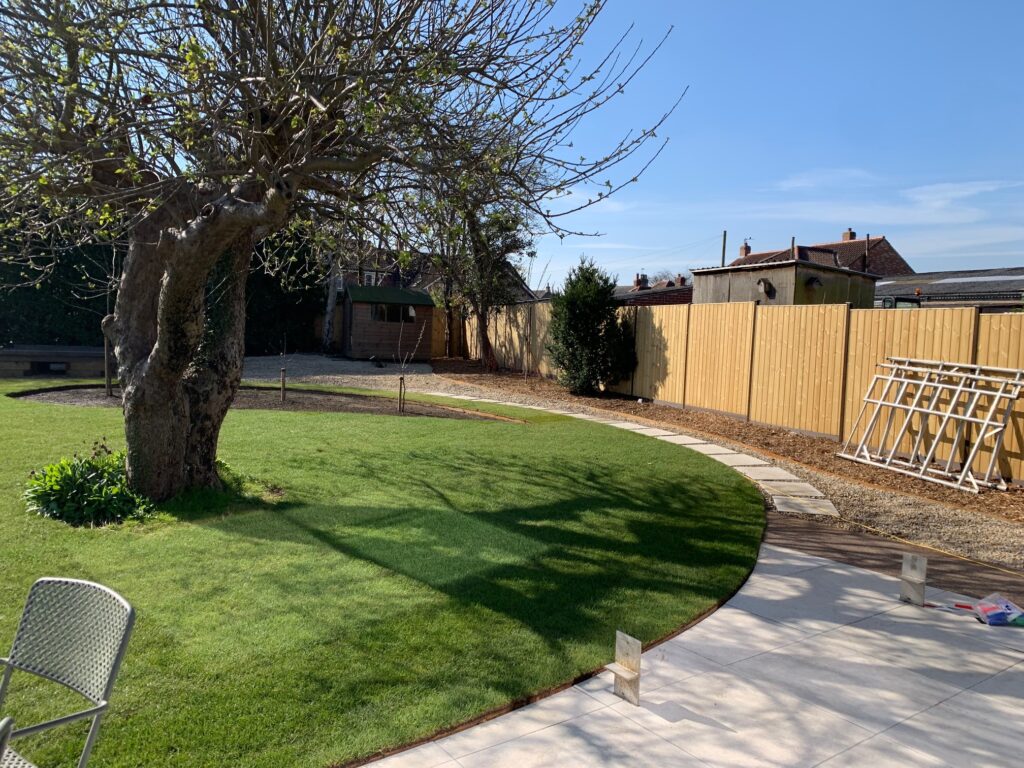



This is the third time we have surveyed over 1,000 trees for NHS Leeds at LGI, Chapel Allerton, Seacroft & Jimmy’s hospitals. For over 15 years we have monitored and provided management plans for the fantastic trees of all four hospitals. Many are Victorian plantings from years ago, with notable mature species of historic value. There are some unusual and majestic trees on the hospital sites for which a maintenance schedule has been in place for many years. It’s not only people that are cared for on these sites!!




Just a selection of some of our old vehicles, most of which have gone now, but all did a stirling job in carting all manner of tree brash, logs and landscape materials over the years. We ran a couple of Ford cargo wagons, one with a hiab, LDV crew cab tippers and recently Ford transit crew cab tippers. We also needed 4×4 vehicles & always had a landrover somewhere in the fleet.
We even had a company motorbike, for those tricky lanes.. now replaced by a quad.
It was a bad day when we hit the post office van head on in the snow whilst doing a job for James Herriot’s partner near the White Horse!









